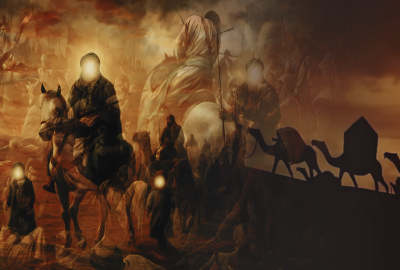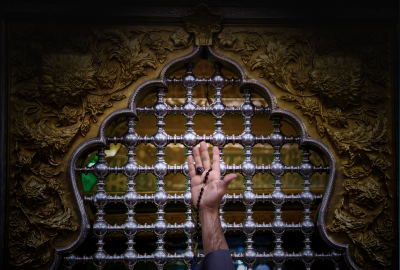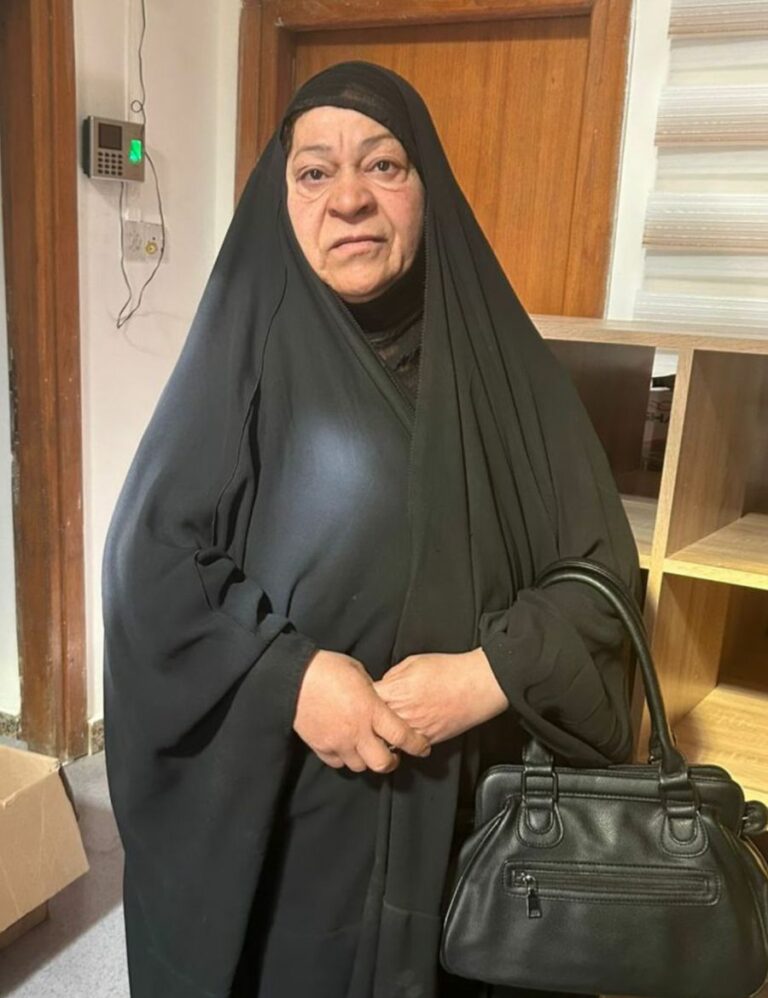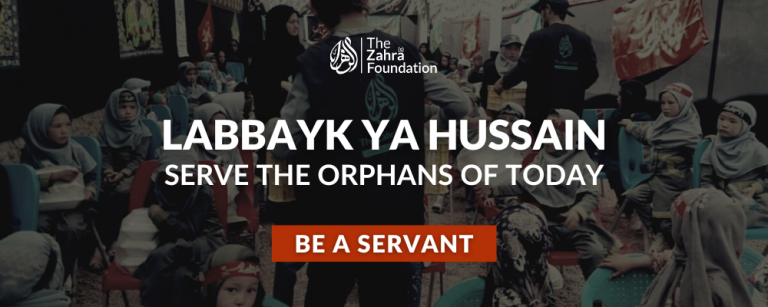A Timeline of the Events of Karbala
48 years after the death of Prophet Muhammad (saww), Imam Hussain (as) was martyred in Battle of Karbala.
But what were the events that led up to this moment?
Before Karbala
Imam Ali (as) was assassinated in 661 AD, and in the aftermath of this tragic event Imam Hassan (as) became the second Imam of the believers of Ahlulbayt (as).
Imam Hassan’s (as) time as Imam was marked by significant conflict and attack, even from his own army.
This caused him to sign a peace treaty with Muawiya to avoid further bloodshed of the innocent.
Despite this, in 670 AD Imam Hassan was martyred. And in 680 AD, Muawiya appointed his son Yazid as the next Caliph in Sham, breaching the peace treaty that he had signed with Imam Hassan (as).
Imam Hussain (as) was eventually forced to flee Medina, due to the threat of violence from Yazid.
Avoiding direct confrontation and violence, Imam Hussain (as) then went to Mecca for Hajj, but was met with assassins sent by Yazid. To prevent bloodshed in the House of God, Imam Hussain (as) changed his niyyat to Umrah and departed from Mecca.
To avoid further conflict, the Imam then went to Kufa – following the reassurance that the people would support him against the onslaught of Yazid and his army.
But those in Kufa were in the end forced to withdraw their support for Imam Hussain (as), threatened into retracting their support by the new governor of Kufa, Ubaydullah.
Imam Hussain (as) and his followers were left without support.
Karbala
On the way to Kufa, Imam Hussain’s (as) caravan was intercepted by the army of Yazid in an area of what is now known as Karbala.
Hurr was leading the army of Yazid, and would later change his allegiance and join Imam Hussain’s (as) side in a noble and courageous act of defiance against tyranny and oppression.
He never believed that Yazid’s army would actually harm and kill the grandson and family members of the Prophet (saww), and would, in the end, become a martyr on the righteous side of Imam Hussain (as).
Yazid’s army cut off access to water, and Imam Hussain (as), along with his children, family, and companions, suffered for three days from thirst.
On 10th of Muharram, the Day of Ashura, Imam Hussain delivered a powerful speech reminding the opposition that he was still the grandson of the Prophet.
The Battle of Karbala commenced with Imam Hussain’s 70-odd companions against an army of 30,000.
Many were martyred fighting alongside Imam Hussain (as), including Abbas (as), who was killed while trying to retrieve water for the children of the camp of Imam Hussain (as).
As the battle wore on, Imam Hussain (as) pleaded with the army of Yazid for a bit of water for his six-month-old baby. Yazid’s army responded by shooting an arrow at the infant and killing the baby while in the arms of Imam Hussain (as).
Imam Hussain (as) buried the baby, and fiercely charged into the battlefield, where he was then martyred and beheaded.
He was killed by those who celebrated injustice and violence – but was, in the end, killed while fighting for peace, truth, and dignity.
Beyond Karbala
Yazid’s army plundered and set fire to tents of the women and surviving family members of Imam Hussain (as).
The surviving women and family members were then taken as prisoners to the capital of Yazid’s caliphate in Damascus.
It was there, however, that Lady Zainab (sa) gave a powerful speech against the tyranny of Yazid and his caliphate, putting them to shame and stunning them into silence.
The legacy of Imam Hussain (as) would continue. His holy family would survive. And millions of believers would remember his name and his stance against injustice.
Frequently Asked Questions (FAQs)
The Battle of Karbala, fought in 680 AD, marked a defining moment in Islamic history. It symbolized the struggle between justice and tyranny, with Imam Hussain (as) standing against the oppressive rule of Yazid. His martyrdom became a lasting symbol of resistance, courage, and sacrifice for truth.
Imam Hussain (as) left Medina to avoid pledging allegiance to Yazid, whose rule was marked by corruption and oppression. He headed towards Kufa after receiving letters from its people offering support, but their loyalty was ultimately undermined by fear and political pressure.
Hurr was a commander in Yazid’s army who initially intercepted Imam Hussain’s (as) caravan. In a profound act of repentance, he switched sides and joined the Imam (as). Hurr’s transformation from enforcer to martyr highlights the power of conscience and redemption.
Imam Hussain (as) is remembered for his unwavering stand against tyranny and his ultimate sacrifice for justice and moral integrity. Millions around the world commemorate his martyrdom each year during Muharram, drawing inspiration from his legacy to oppose injustice in all forms.
Karbala teaches timeless values: standing up for truth even when alone, defending the oppressed, and maintaining dignity in the face of cruelty. It urges us to uphold ethical principles, resist injustice, and act with compassion.
